Table of contents
Learn some offerings to Oxóssi!
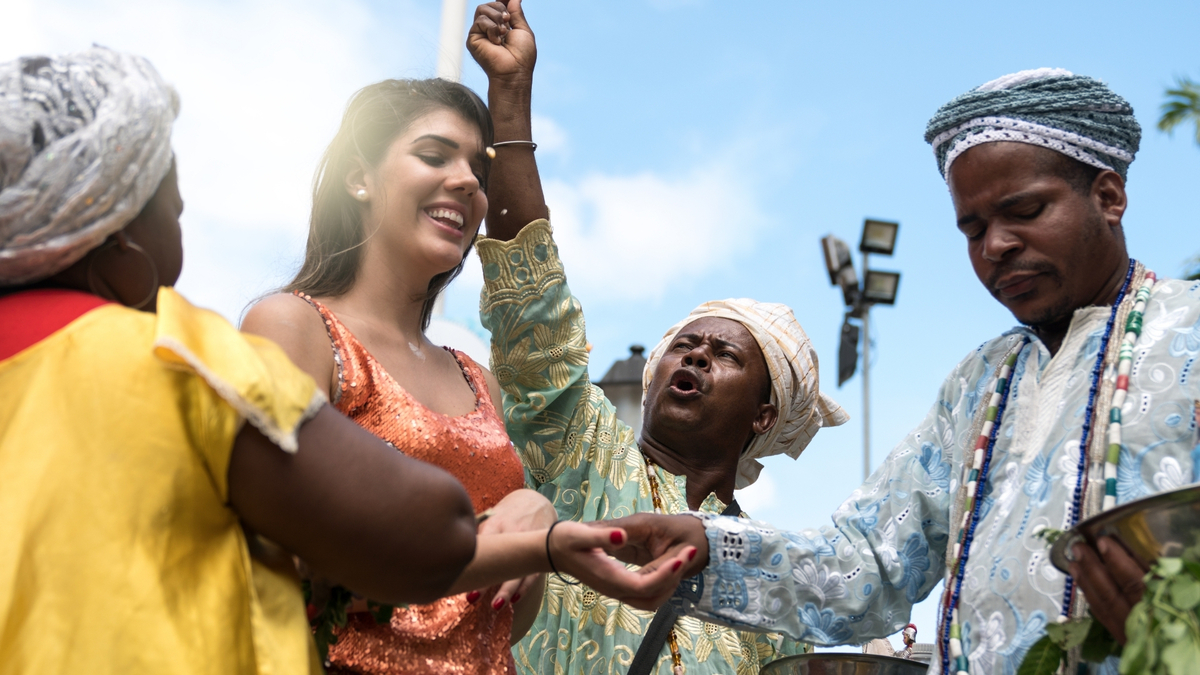
Oxóssi is the father provider, hunted and protector of those who work every day to provide for their family. In both Umbanda and Candomblé, offerings are made to Oxóssi, to thank, reconnect or ask. Understand better how this works and more details about the warrior of one arrow.
Knowing more about Oxóssi
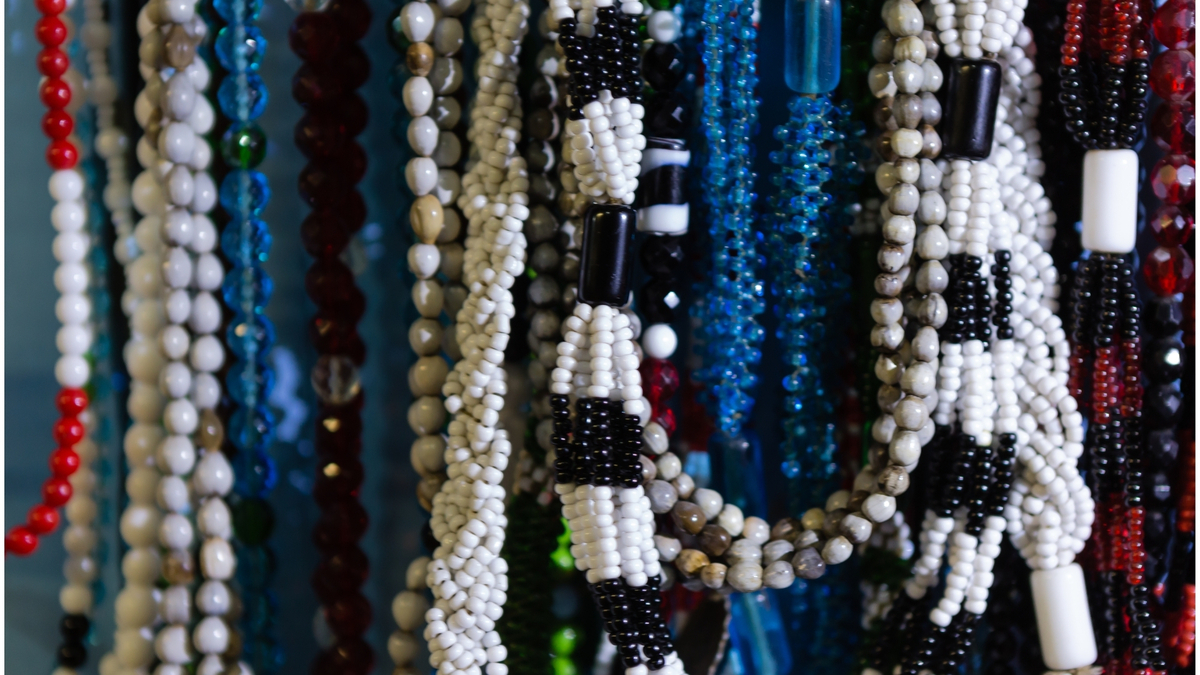
Before making an offering to Oxóssi, you have to know him more deeply. In fact, the ideal is that each and every offering be guided by a Mother or Father of Santo, so what you will read here are general guidelines.
After all, each person is unique and his way of reconnecting and giving thanks may be different from another. Also, there are things that you cannot put in any way for the Orixá, also called quizila. To give you an idea, Oxóssi's quizilas are honey, game meat, goat, kid, banana, carambola, tangerine and red corn.
They are based on the Itãs - which are the African legends - and cannot be used in the offerings. Know some Itãs, Oxóssi's visual characteristics and his relationship with other Orixás. Also, know which are the characteristics of his sons, his herbs and how to pray and please this deity.
History of Oxóssi
The entire tradition of the religions of African origin is based on popular knowledge, told from generation to generation. That is why the Itãs are so important, since they carry all this ancestral wisdom. An Itã tells that Oxóssi earned the title of King, after saving his entire village from a spell. In Ijexá, the abundance was great and the King always held parties with plenty of yams, corn and coconut for thepeople.
Angry, the Yamin Oxorongá decided to send a bird to destroy the village, which set fire to everything with its shrill cry. It was then that they called the best hunters in the region to kill the plague.
Osótododá, with 50 arrows, missed them all. Then Òsótogí came with 40 and Òsótògún, with 20 arrows, also without success. It was then that they decided to look for the reclusive hunter in the forest and Òsótokansósó with his single arrow, killed the plague and brought back prosperity.
The population began to shout oxó wussi (popular hunter, of the people) and he became Oxóssi. In gratitude, he received much wealth and became Alákétu, the King of Ketu, who ruled until his death, becoming Orixá.
Visual characteristics
Of African origin, Oxóssi has black skin and carries with him his ofá (bow and arrow); iruquerê, made from ox tail hair with the purpose of scaring away eguns; the capanga, a leather bag where he carries the game; and his leather hat.
In Brazil, he was naturally associated with the indigenous people, taking features more similar to them. Depending on his quality, he can wear green, light blue and animal skins. Slender and strong, he is fast and accurate, like any hunter.
Relationship with other orixás
Son of Yemanjá and Oxalá, Oxóssi is the younger brother of Ogum and Exú, respectively Orixás of the roads and of the crossroads. He has a strong relationship with Ossain, Orixá owner of all herbs and had as his great love Oxum, Lady of sweet waters.
And it was with Oxum that he had his son Logunedé, who carries the sweetness, beauty and intelligence of his mother, with the quickness and perspicacity of his father. With Ogum he learned to fight and hunt, being a great partner. He is the head of the phalanx of Caboclos in Umbanda, having a strong relationship with the indigenous peoples.
Oxóssi Syncretism
Kidnapped in their homeland and forced to perform forced labor in Brazil, the Africans also had to leave their creed aside. After all, Catholicism imposed death and penance on anyone not of their God.
In this way, enslaved people sought veiled ways to praise their Orixás, associating them with Christian saints. This is how the syncretism of Oxóssi with Saint Sebastian or Saint George (this one only in some terreiros in Bahia), or even Saint Michael (in Pernambuco) was created.
Going beyond Catholic syncretism, one finds Cernunnos for the Celts, Artemis for the Greeks, Humbaba for the Babylonians and Ullr for the Norse. This shows that in essence, the same archetype is interpreted in different ways, religion being only a re-reading of what is universal.
Sons of Oxóssi
In Umbanda and Candomblé, the children of Orixá are those who have them as ruler in this incarnation. Also called head Orixá, they present characteristics common to all their children, of course with the influence of their juntó, ancestral and foot Orixá - or any other configuration that is accepted in the house where they practice.
The children of Oxóssi are intelligent, communicative, reserved and independent. They love being in a group, with people they trust, but need moments of solitude and silence, even better if it is with their feet on the ground, in the shade of a tree.
They have great communication skills, with a certain jovial air and a unique insight. Discreet and observant, they are detached - from relationships or material goods - with a great tendency to focus on what they are doing.
With a great tendency to become workaholics, the children of Oxóssi dedicate themselves to work hard, but when they rest, they don't want to know anything else. They are providers and tend to be more modern fathers and mothers, giving autonomy to their children, valuing free and deep relationships.
Prayer to Oxóssi
You don't need to make an offering to Oxóssi, unless it is recommended by the leader of the house where you attend. All you need is a sincere prayer and a genuine request, so that He hears you. If you want, you can light a green candle, cleaned with lavender or the smoke of incense. You can pray with your heart or, if you prefer, use this one:
Glorious Odé, hunter of glories, the one who brings us prosperity, abundance, daily bread, give us the certainty that in our daily lives your presence is a constant.
Knower of herbs and sacred leaves, I ask you to bring health to our sick, hope to our children, peace and tranquility to our elderly. Odé, calm our insults, our lamentations, give us strength to continue our journey, with resignation to accept all that we cannot change.
May his Company be kept on our daily path, may his arrow cut through all evils and enemies, hidden and declared. May Oxalá cover us with peace, health, prosperity and union.
Okê arô Oxóssi!
Oxóssi leaves and herbs
In Umbanda, herbs are qualified as hot (more aggressive), warm (balanced) or cold (of specific use). Learn then which are the hot and warm herbs of Oxóssi and their activation verbs.
The hot herbs of Oxóssi are: Guinea, picão preto, buchinha do norte, cânfora, espinheira santa, jurema preta casca, comigo ninguém pode e vence-tudo. His acting verbs are: Identify, divide, tie (cipó), explore, contract and displace.
The warm herbs are: Avocado, Abre Caminho, Alecrim do Norte, Alecrim Comum, Alfavaca, Aquileia, Arnica do Mato, Green Tea, Coffee Leaf, Cana do Brejo, Capim Cidreira and Carqueja Amarga.
Besides, there is also Cipó Caboclo, Cipó Cravo, Cipó São João, Confrei, Hortelã, Ipê Roxo, Jurubeba Mista, Louro, Folha de Manga, Manjericão, Samambaia e Sene. Its working verbs are: to expand, to direct, to propitiate, to furnish, to make skillful, to supply, to hunt and to cure.
For its softening, the following herbs are normally used: Samambaia, lemon grass, guiné, araçá leaf, pitanga, rosemary, malva cheirosa, lavender, guava, guaco and pariparoba.
How to please Oxóssi?
If you want to please Oxóssi, you need to be in harmony with his energy and follow your path in connection with the Sacred, the way you conceive it. Serious work, freedom and movement are also attributes appreciated by the Orixà.
However, there are also other ways, such as lighting a candle, setting up a conga (altar) in his honor or making an offering in the woods or altar. Of course, always with proper guidance and study.
Offering for prosperity with corn to Oxóssi
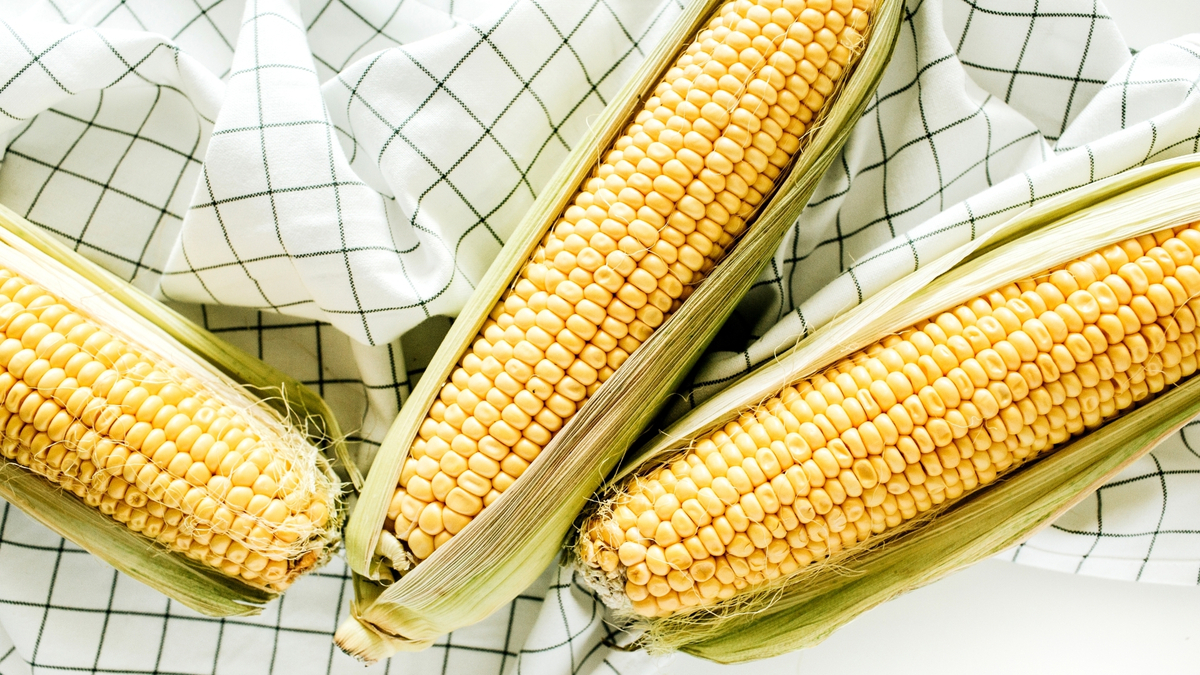
One itã tells that, after receiving a lot of criticism, Oxóssi hid himself and no one could find him. Ogum, he went around the roads; Iansã with her wind traveled through the nine oruns, Exú quickly looked everywhere and not even Ifá, who saw everything, could know where Oxóssi was.
The food began to run out, abundance turned to hunger and the world became lifeless. Oxum, after crying rivers and waterfalls, went to consult Ifá, who indicated a work. Ogum performed it and Oxóssi returned to the Aye, took six ears of corn and prayed.
Then he threw the grains up and, shaking the Eruquerê, scattered the seeds throughout the world. The plants grew again and abundance was the rule once more. That is why the offering of corn is related to prosperity and Oxóssi.
When to do it?
Whenever you have the guidance of a Mãe or Pai de Santo, you can make this offering to Oxóssi. Follow the recommendations given by your house, but in general terms, you can follow this guide.
Ingredients
To make an offering to Oxóssi, you need a bowl, which is a bulging clay dish. Also, put aside 7 ears of corn, 1 grated or flaked dried coconut, sugar cane syrup (never honey), and burning charcoal.
Directions
Garnish the bowl with the corn husks and place the cobs, already roasted on the coals, in the way you think is most beautiful. Cover with the grated or shredded coconut and drizzle with the sugarcane syrup, making a spiral from the centre to the edge.
Offering for prosperity and open paths with fruit to Oxóssi
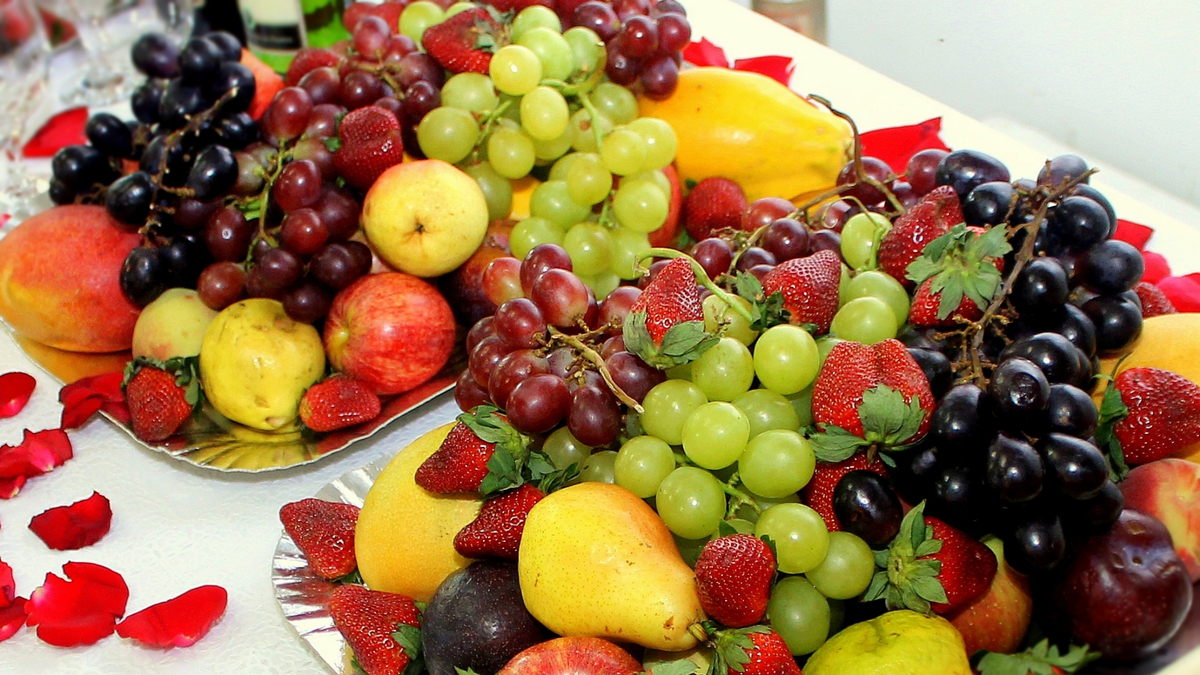
Everybody wants to have a prosperous life, full of love and - why not say - money. Know that fruits with seeds are the very symbol of abundance and prosperity. To please the Orixá, you can make an offering to Oxóssi with green fruits, always having melon present.
It can be placed in the woods, under a tree in a field with plants or on your altar. But of course it should always be done with the guidance of a Mãe or Pai de Santo, okay? See how simple it is to make this offering, always putting your intention to open paths while preparing.
When to do it?
As with any other offering, it should be made primarily under the guidance of the leader of the house, terreiro or barracão. But as a rule, it is made to ask for the opening of paths and prosperity.
Ingredients
To make this offering to Oxóssi, you will need to choose 3, 5 or 7 different green fruits, for example, melon, grapes, white guava, apples, sugar cane, pears, etc. You will also need 1 grated or shredded dried coconut, sugar cane syrup and a bowl.
Directions
Open the fruits in the way you find most interesting and assemble your offering to Oxóssi in the bowl with them and the coconut, forming a mandala. Then, sprinkle with sugarcane syrup and it's done.
Special melon offering to Oxóssi

Life is full of joyful moments and presents countless opportunities to show your gratitude. Unfortunately, we don't always manage to pay attention, putting our focus only on what is not as we expected.
By changing this vision and giving thanks for what is already good - striving to change what no longer serves - one can begin to feel the abundance that belongs to all of us. If your intention is to give thanks, through an offering to Oxóssi, you can do this one from here. Simple and beautiful, it can be done without major difficulties.
When to do it?
Whenever you want to give thanks for a grace received or simply for life, plenty, abundance or whatever you want.
Ingredients
For this offering to Oxóssi, you will need 1 melon, a bowl, 1 grated or shredded dried coconut, and sugar cane syrup. If you don't have a bowl, you can use a burnt clay or even porcelain dish, but never plastic.
Directions
Cut the melon in the way you find most beautiful, without removing the seeds. Place it over the bowl with the dry coconut and the sugar cane syrup, making a mandala with the ingredients. Offer it in the way you were instructed to do.
Offering for abundance and material well-being to Oxóssi
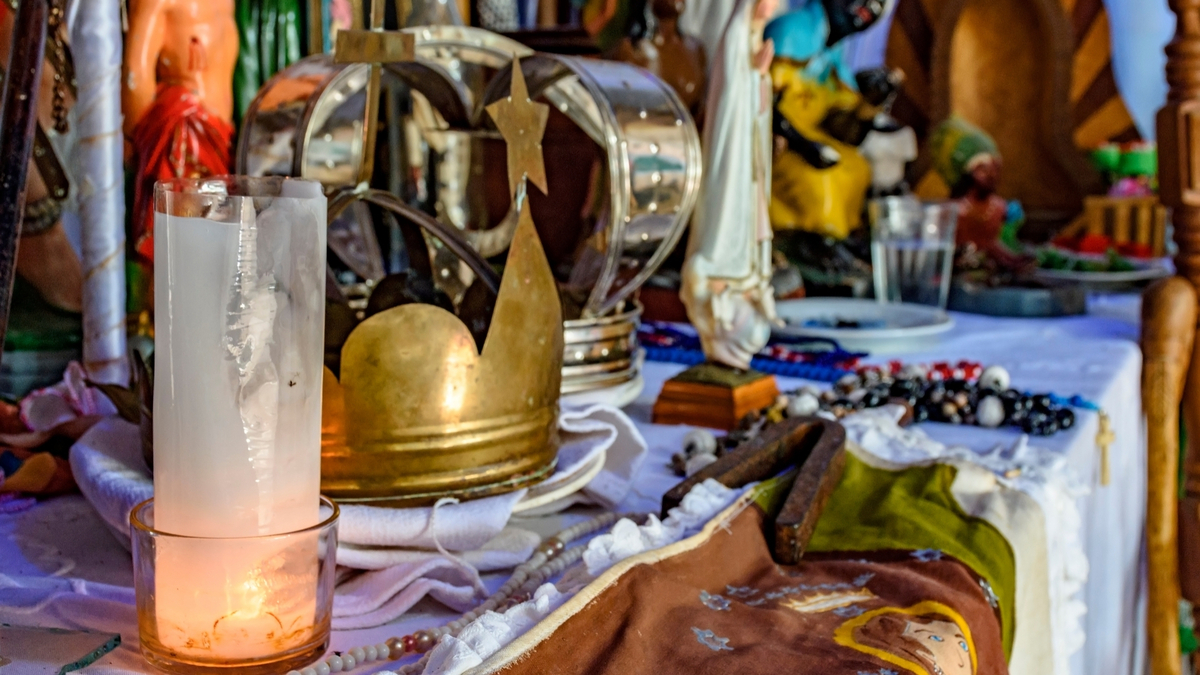
Sometimes things get harder and crises can take over a phase of life. It may be that the seed is waiting for the moment to germinate, so keep working, striving for its growth.
Provider and connected to abundance, making an offering to Oxóssi asking for abundance is quite common. Although he is detached, he lives very well and distributes what he has with those around him. It is always a good idea to do the same in our lives.
When to do it?
You can make an offering to Oxóssi to ask for abundance and material well-being whenever you feel like it. It is also a good idea to do this before an important date professionally or if you feel the need.
Ingredients
Set aside a bowl and slice a dried coconut into rounds. You will also need 3 ears of corn, sweet white wine, a clear glass or crystal bowl and 6 light blue candles.
Directions
Cook the corn in unsalted water and place it in the bowl. Cover it with the coconut and place the bowl with the white wine beside it. Leave the bottle open beside it, light the 6 candles around it and make your request.
Axoxô for Oxóssi
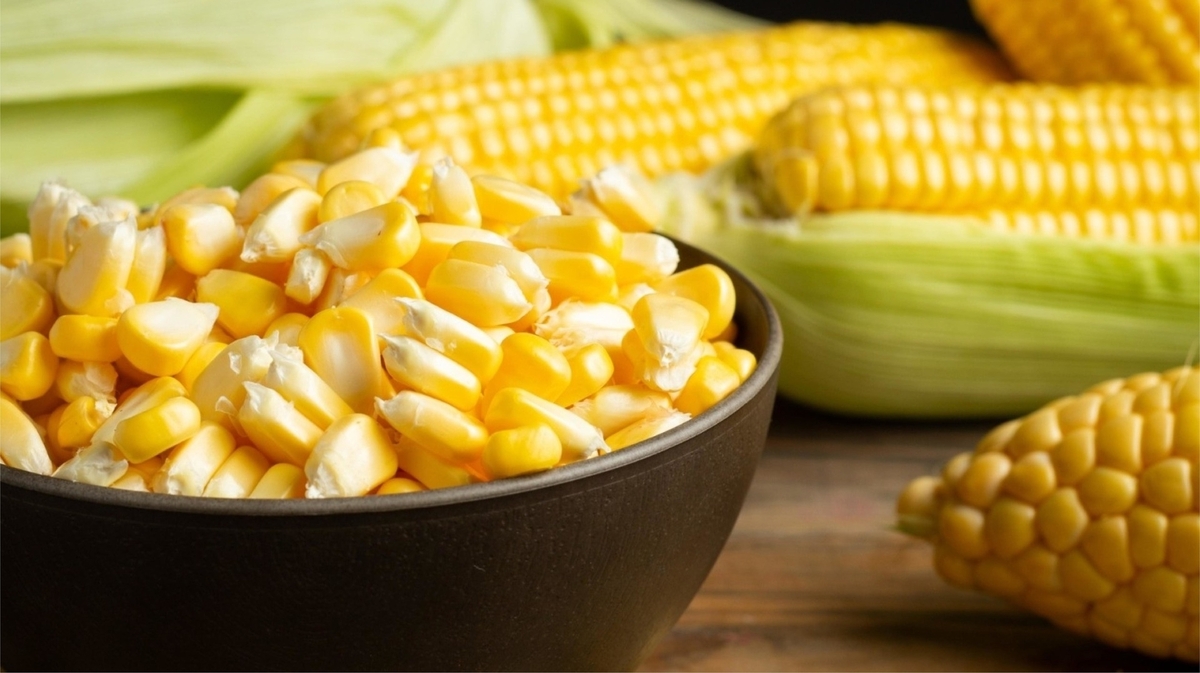
There are some offerings that are traditional in both Umbanda and Candomblé. They are recipes passed down through orality, from generation to generation. Among them is axoxô, a dish made with corn, coconut and sometimes sugarcane syrup.
The axoxô is a traditional offering to Oxóssi, being indicated for a greater connection with the Orixá, gratitude or even request. It should be done with intention and of course, with the proper guidance of an experienced person.
When to do it?
You can make the axoxô whenever you have the orientation of those responsible for your house, terreiro or barracão. It can also be used on the altar and also made on the day of the Orixá, which can be January 20, if syncretized with St. Sebastian. See what are the ingredients needed to make this offering to Oxóssi and how to prepare it.
Ingredients
To make axoxô, you need 250 g of yellow hominy corn, 1 shredded or grated dried coconut, a clay bowl and sugar cane syrup.
Directions
Cook the yellow canjica corn in plain water, without adding salt. Let it cool down and drain all the broth. Place the cooked corn in the bowl and cover it with the dried coconut slices. Drizzle with the sugar cane molasses and it is ready.
Oxóssi is the Orixá of the forests, hunter and fighter!
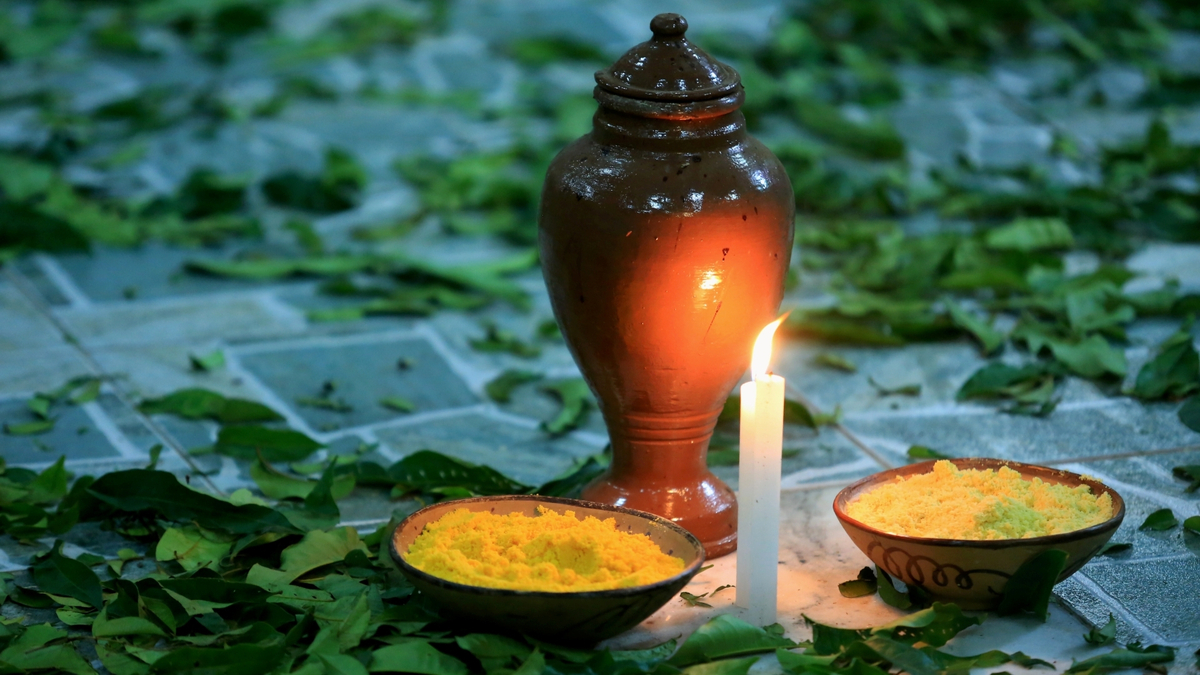
To make an offering to Oxóssi is to ask the hunter to bring you concentration and focus on the goal, stamina and strength to bring food to your home or your soul. It is knowing how to respect the space of others and your own, maintaining solitude when necessary and letting go of what only weighs and does not contribute.
Oxóssi is the orixá of the forests and everything that lives there, plants and animals. He is the protector and brings abundance to the tables of his protégés. Brother of Ogum, he is also a great warrior, keeping evil at bay, using his eruexim to dispel egums and spread abundance.
In short, ask him for your prosperity and abundance, but do your best to get what you want. After all, there is no offering to Oxóssi that is accepted if the person does not do his part. He is a just father, provider of abundance and happiness, who supports your growth.

